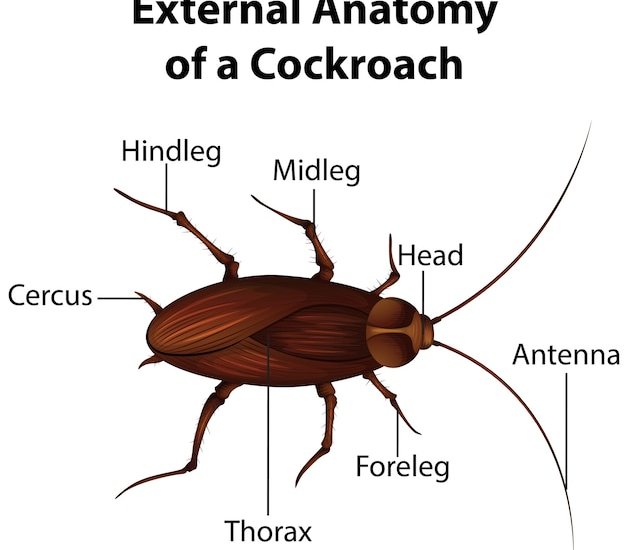Discover Fascinating Praying Mantis Facts for Kids

Praying mantises are insects that look like they are praying!
They have a long and slender body with two long antennae.
Praying mantises have sharp claws at the end of their front legs, which they use to catch their food.
Did you know that praying mantises can turn their heads 180 degrees? It helps them spot their prey.
They have big eyes that help them see in all directions.
Praying mantises are ambush predators, which means they wait patiently for their prey to come near before attacking.
Despite their peaceful appearance, they are fierce hunters and can catch and eat insects bigger than themselves.
Can you guess where the name praying mantis came from? It refers to the way they hold their front legs together, as if praying.
Praying mantises are masters of camouflage and can blend in with their surroundings, making it difficult for their prey to spot them.
Some praying mantises are green to blend in with leaves, while others are brown to match the branches they live on.
Did you know that praying mantises can’t hear? They rely on their eyesight to hunt.
Praying mantises are found on every continent except Antarctica.
There are over 2,400 species of praying mantises around the world.
Some species of praying mantises can fly, while others cannot.
The female praying mantis is known for being cannibalistic. After mating, she may eat the male.
Praying mantises have a unique way of cleaning themselves. They use the spines on their front legs to rub their body and remove dirt.
Discover Fascinating Praying Mantis Facts for Kids part 2
Praying mantises molt several times as they grow, shedding their old exoskeleton.
They are generally solitary insects and prefer living alone.
Praying mantises have long and powerful hind legs that enable them to jump when they need to.
Some species of praying mantises have wings that resemble colorful patterns, helping them to attract mates.
Praying mantises are believed to have existed since the Cretaceous period, which was around 146 to 66 million years ago.
In some cultures, seeing a praying mantis is considered a sign of good luck.
Praying mantises are beneficial to gardens as they eat harmful insects like aphids, flies, and mosquitoes.
The lifespan of a praying mantis varies depending on the species, but most live for about 9 to 12 months.
Praying mantises lay eggs in a foamy substance called an ootheca, which protects the eggs from harsh weather conditions.
When the baby mantises hatch, they are called nymphs and look like miniature versions of the adults.
Some praying mantises are nocturnal, which means they are active during the night.
Praying mantises can catch their prey with lightning speed, thanks to their sharp claws.
They have a unique hunting strategy called sit and wait. They patiently wait for the right moment to strike.
Praying mantises have been known to eat small lizards, mice, and even hummingbirds!
They are not harmful to humans and won’t bite unless they feel threatened.
Praying mantises have a bite force that is strong enough to break through the exoskeleton of their prey.
In captivity, praying mantises can be kept as pets and are relatively easy to care for.
Praying mantises are not pests in gardens, as they primarily feed on other insects.
They are fascinating insects to study because of their unique camouflage abilities.
Praying mantises are cold-blooded, which means their body temperature changes with their surroundings.
Did you know that praying mantises have been observed displaying a swaying behavior while resting? It helps them blend in with their surroundings even more!
Some species of praying mantises can change their color to adapt to different environments.
Praying mantises have been featured in various myths and folktales throughout history.
They are incredibly agile and can move their bodies in surprising ways during hunting.
Praying mantises have been used as natural pest control in agricultural practices.
In some parts of the world, praying mantises are considered symbols of patience and stillness.
They have been studied by scientists to understand visual perception and movement strategies.
Praying mantises have been known to exhibit complex courtship rituals before mating.
Finally, praying mantises are truly fascinating creatures that continue to captivate both kids and adults with their unique appearance and behavior.

